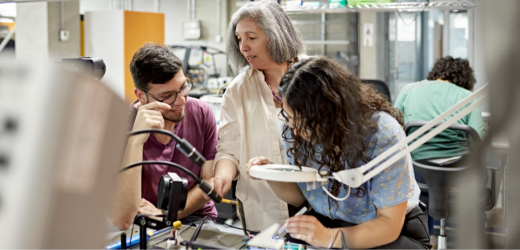If you were to compare the average college class with the average elementary school class, one thing you would immediately notice is that college students almost never move around after they have sat down, whereas elementary classes often involve hands-on activities that require movement. There is no pedagogical reason for this difference. It’s not that older people learn better by sitting still while younger children learn better by moving. Indeed, movement improves learning at all ages by integrating more than one sense (Katai et al., 2008).
Embodied Education: Teaching through Movement

- Tags: learning and retention
Related Articles
I have two loves: teaching and learning. Although I love them for different reasons, I’ve been passionate about...
In a 2023 article published in The Hill, Sarah Eaton, an associate professor of education at the University...
Educators play a pivotal role in shaping students’ academic journeys, and their impact in the classroom extends far...
There are a myriad of answers to this seemingly simple question. Grading probably comes to mind for many...
Fears of disingenuous work, fraudulent and stolen information, and theft of intellectual property have been swirling around education...
Students often struggle academically due to an inability to organize their lives around achievable goals. Students beyond early...









